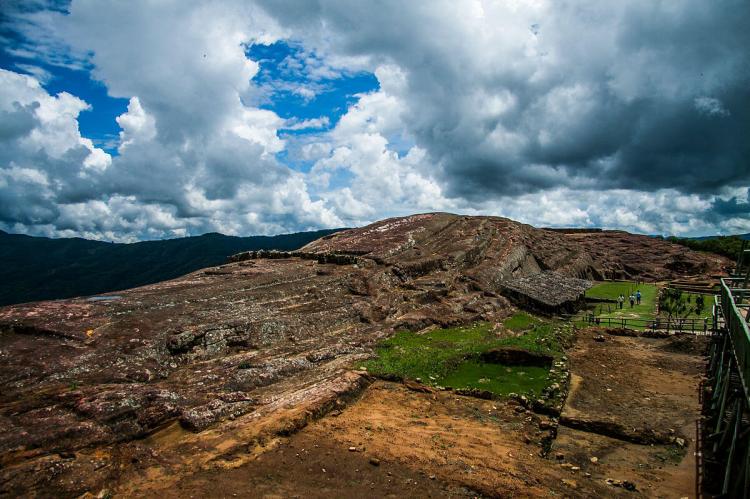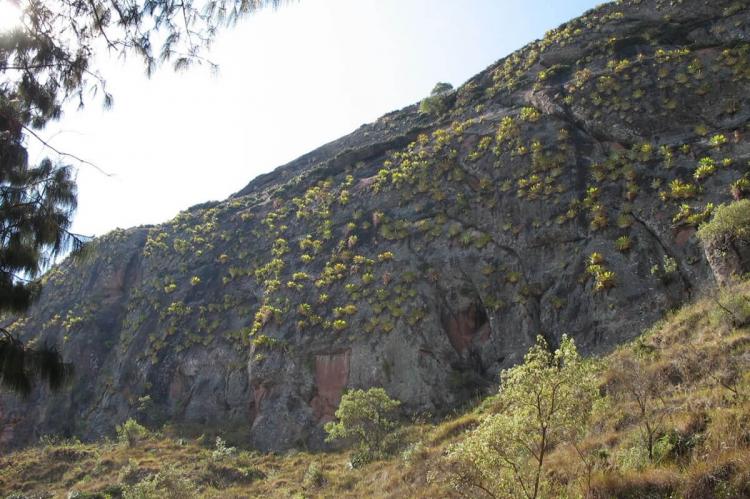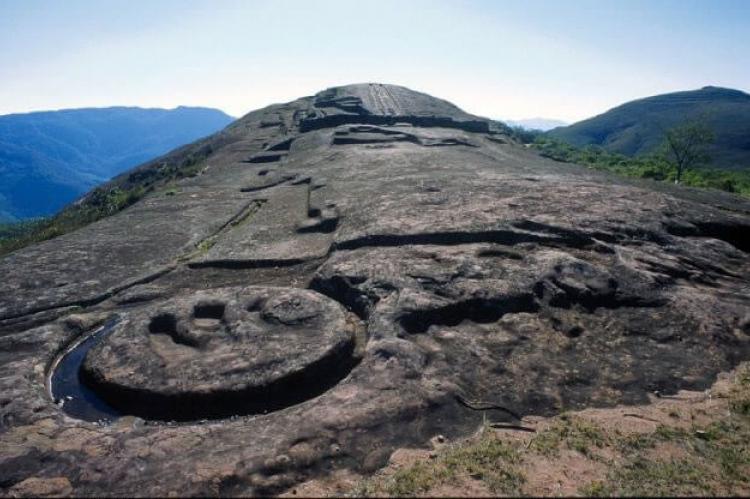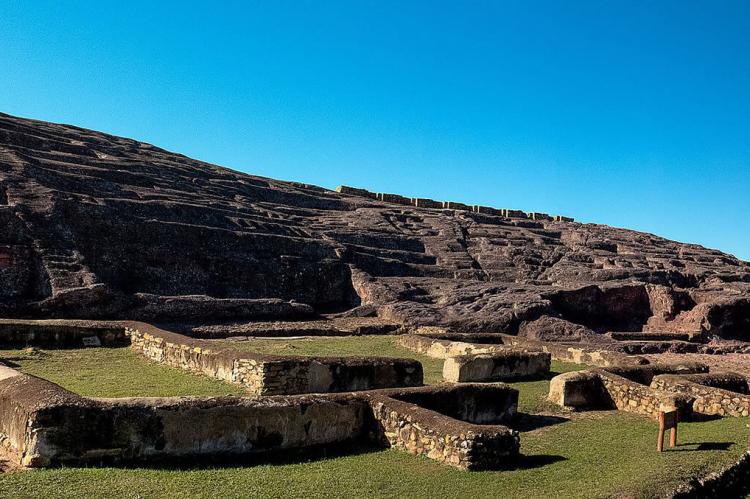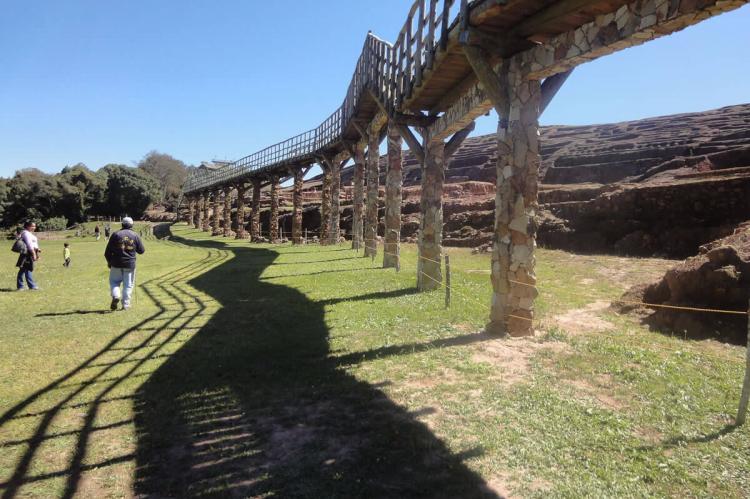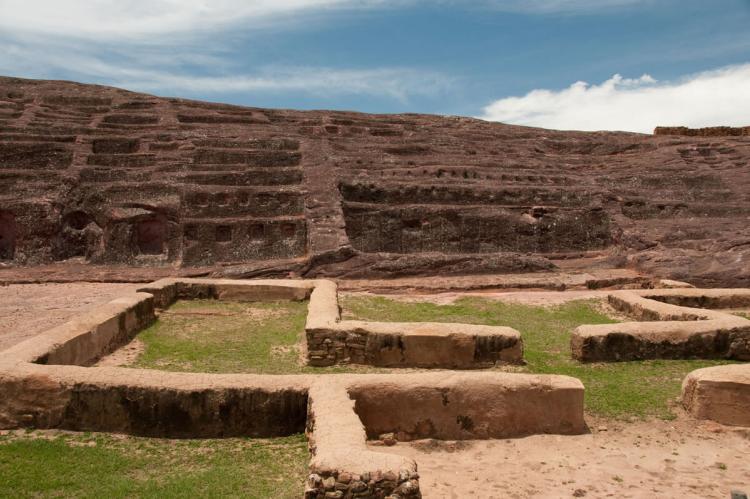El Fuerte de Samaipata: Bolivia's Cultural Crossroads
El Fuerte de Samaipata, nestled in the eastern foothills of the Bolivian Andes, is a remarkable pre-Columbian archaeological site that combines the cultural imprints of the Chanè, Inca, and Spanish civilizations. Its historical significance and architectural marvels make it a fascinating destination.
El Fuerte de Samaipata: A Testament to Bolivia’s Rich Cultural Heritage
El Fuerte de Samaipata, located in the Bolivian Province of Florida in the Department of Santa Cruz, is a remarkable pre-Columbian archaeological and UNESCO World Heritage Site. Nestled in the eastern foothills of the Bolivian Andes, this site uniquely encapsulates the cultural imprints of the Chanè, Inca, and Spanish civilizations. Its historical significance and architectural marvels make it a fascinating destination for archaeologists, historians, and tourists.
Historical Significance
El Fuerte de Samaipata is an extraordinary site because it has served as a ceremonial and administrative center for different cultures for centuries. It dates back to around AD 300 when the Mojocoyas culture began shaping the site. By the 14th century, the Inca had occupied Samaipata, transforming it into a provincial capital. This site was a strategic bulwark against the Chiriguanos from the Chaco region during the 1520s. Later, the Spanish recognized its strategic importance and integrated it into their colonial network, linking it to major colonial centers.
The Archaeological Site
The Hill: Ceremonial Center
The hill at El Fuerte de Samaipata is believed to have been the ceremonial heart of the ancient settlement. The centerpiece is a massive monolithic rock of red sandstone, measuring 220 meters (656 feet) in length and approximately 60 meters (197 feet) in width. This rock is intricately carved with animal representations, geometric shapes, niches, channels, and containers, all holding significant religious and ceremonial value. Skilled artisans meticulously sculpted these carvings, showcasing their mastery over stone.
Notable Features
- High-Relief Carvings: The western part of the rock features two felines on a circular base, the only high-relief carvings at the site. These carvings indicate advanced artistic skills and the importance of these figures.
- Choir of the Priests: At the highest point of the hill, there is a deeply cut circle with triangular and rectangular niches carved into its walls. This structure is believed to have been a sacred space for religious leaders.
- Feline Head Structure: To the east of the hill, a structure likely representing a feline's head adds to the site's mystical allure.
- Temples and Sanctuaries: The southern face of the rock was originally home to at least five temples or sanctuaries. Though only niches remain today, these structures highlight the site's religious significance.
The Administrative and Residential District
The site's lower part functioned as the administrative and residential district, blending Inca and pre-Inca architectural elements. This area includes:
- Plaza of the Three Cultures: Excavations have revealed evidence of structures from the Inca, pre-Inca, and Spanish periods, underscoring the site's continuous occupation and cultural transitions.
- Colonial House: Situated on an artificial platform at the rock's base, the Colonial House's stone walls survive today. Built in an Arab-Andalusian style, it features a central open courtyard, reflecting the architectural influences of the Spanish colonizers.
Agricultural and Strategic Importance
During the Inca period, Samaipata featured a large central square with monumental public buildings and terraced hillsides for agriculture, typical of Inca settlements. These terraces supported agricultural activities and helped sustain the local population. The site's strategic location also facilitated its role as a defense outpost against external threats.
Conclusion
El Fuerte de Samaipata is a testament to Bolivia's rich cultural heritage, illustrating the convergence of multiple civilizations in one location. Its unique blend of architectural styles and historical layers offers invaluable insights into the region's past. The site's preservation as a UNESCO World Heritage Site ensures that its cultural and historical significance will continue to be recognized and studied, providing a window into South America's ancient and colonial histories.
